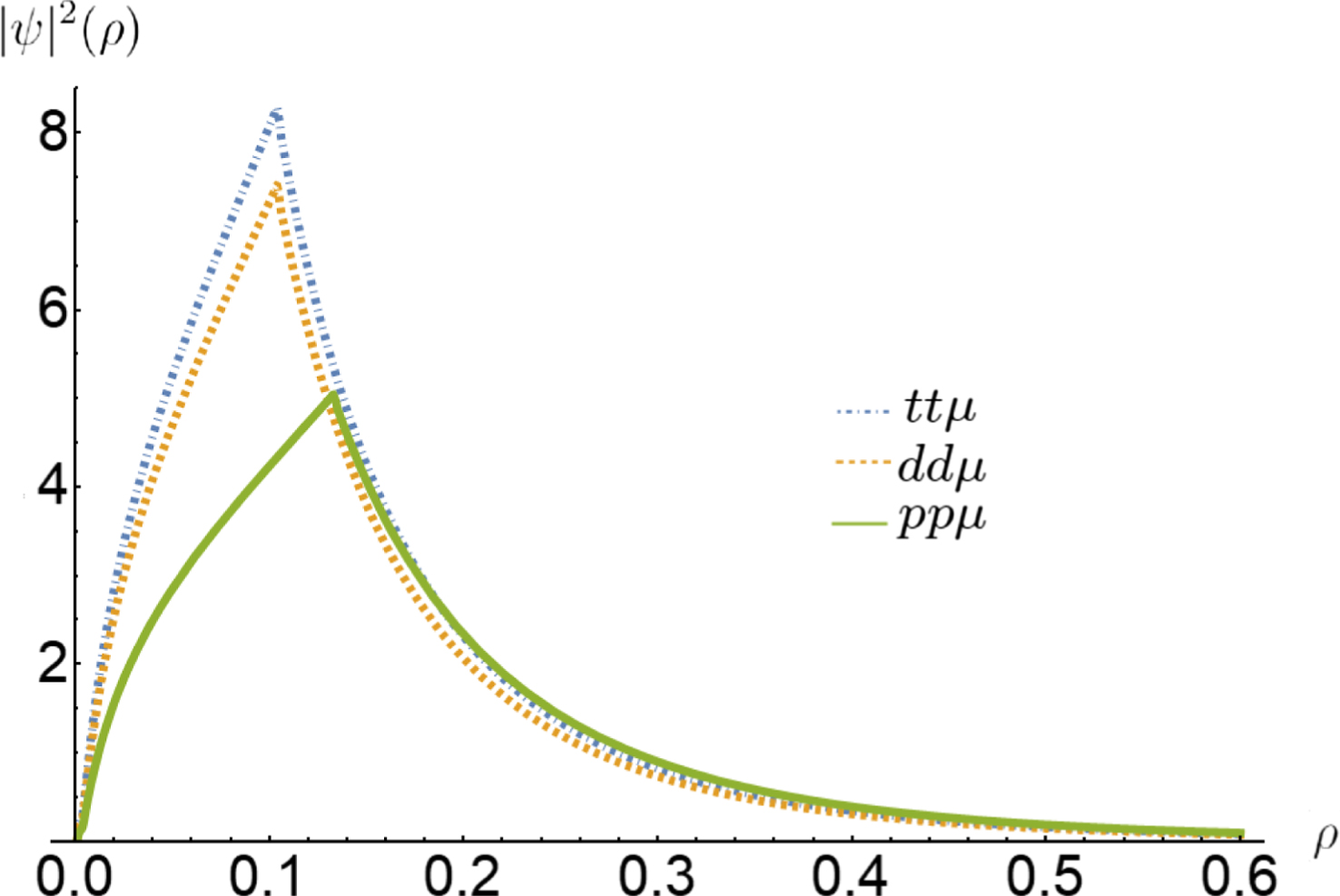EPJ D Highlight - Characterising cold fusion in 2D models
- Details
- Published on 15 December 2020

A new 2D modelling approach has been used to directly calculate how hydrogen nuclei fuse into helium after capturing muons
Progress towards ‘cold fusion,’ where nuclear fusion can occur at close to room temperatures, has now been at a standstill for decades. However, an increasing number of studies are now proposing that the reaction could be triggered more easily through a mechanism involving muons – elementary particles with the same charge as electrons, but with around 200 times their mass. Through a study published in EPJ D, researchers led by Francisco Caruso at the Brazilian Centre for Physical Research have shown theoretically how this process would unfold within 2D systems, without any need for approximations.
The team’s results could lead to long-awaited advances in the field of cold fusion – which has been proposed as an efficient, sustainable way to harvest vast amounts of energy. Since muons are so much heavier than electrons, they will orbit far closer to atomic nuclei when captured by hydrogen atoms. This enables the nuclei to fuse into helium far more readily – after which the muon is released from the system. However, since the amount of energy released is relatively small, it has remained challenging for theoretical physicists to propose a reliable basis for the technique, limiting its progress so far.
Caruso’s team took a different approach in their study: this time, focusing on calculating the elementary processes involved in muon-catalysed fusion in 2D. The researchers then compared the behaviour of their model with 3D measurements, which revealed that the 2D process is influenced by significantly different parameters. Most strikingly, they showed that fusion is 1 billion times more likely to occur between a muonic pair of tritium atoms – a form of hydrogen containing two extra neutrons in its nucleus – than is the case for 3D. By directly calculating these probabilities, instead of estimating them, the team’s findings could provide valuable insights for future studies of cold fusion.
F. Carusoa, A. Tropera, V. Ogurib, F. Silveira (2020) A bidimensional quasi-adiabatic model for muon-catalyzed fusion in muonic hydrogen molecules, European Physical Journal D 74:240, https://doi.org/10.1140/epjd/e2020-10479-6




